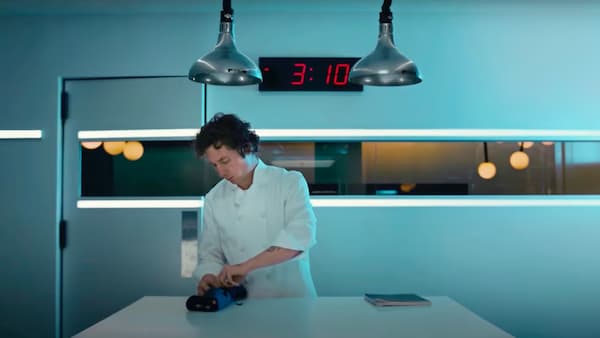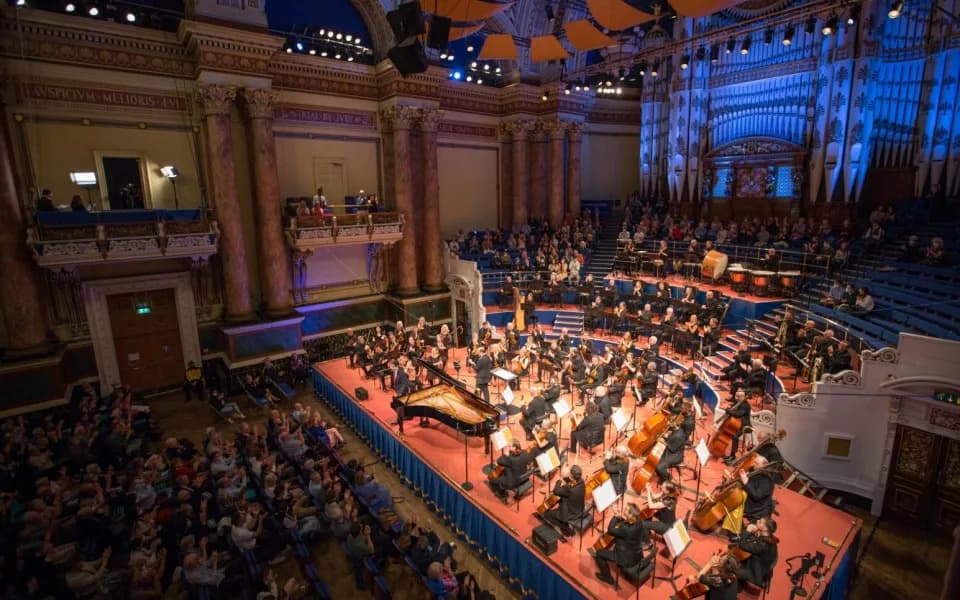 “Art is not what you see, but what you make others see.”
“Art is not what you see, but what you make others see.”
This quote from the French artist Edgar Degas could be paraphrased for music – Music is not what you hear, but what you make others hear.
In other words, the role of the performer – like the artist – is to create images, narratives and meaning for the audience through the music they perform. Their own interpretation or concept of the music may not necessarily be easily audible to the listener: we will each perceive and interpret the music in our own way, and what sounds like pleasing music to one person may sound like noise to another! But if a performance evokes a mood or scene, provokes emotions or creates a meaningful experience for the listener, then it can be considered successful in its ability to communicate – in effect, “to make others hear”.

© Tim Robberts/Stone/Getty Images
I’ve selected ‘Dawn’ from Benjamin Britten’s Sea Interludes from Peter Grimes (in an arrangement for organ by Anna Lapwood) to illustrate this point. The composer gives us some help in the title of the piece, but it is down to the performer (Anna Lapwood) to illustrate in sound the “story” of the music to us. I think she does this very successfully, in the restrained opening section, suggesting the gradual increase of light as dawn breaks.
Benjamin Britten: Peter Grimes – 4 Sea Interludes, Op. 33a (arr. A. Lapwood for organ) – I. Dawn (Anna Lapwood, organ)
Equally, the finale of Prokofiev’s Piano Sonata No.7 is said portray German tanks invading Stalingrad. Certainly, the music, a savage toccata, has an unrelenting energy, but the intended imagery may not be obvious to every listener – and that’s fine because ultimately, the listening experience should be whatever you get from it!
Sergei Prokofiev: Piano Sonata No. 7 in B-Flat Major, Op. 83 – III. Precipitato (Alexander Gadjiev, piano)
What makes a “good” performance is also in the ear of the beholder, to a greater or lesser extent. An ill-prepared performance, riven with errors and mishaps, will surely be obvious to even the most ingenue listener, but “good” or “great” performance is harder to define because our listening is so subjective and individual, and is inherently biased due to our personal tastes, insight and experience.
The best performers have a clear mental and aural picture of the music, the result of meticulous work not just during physical practicing but in time spent studying the score away from the instrument. In addition, a greater understanding of the music comes from wider knowledge of the composer’s oeuvre, the music of his or her contemporaries, the social and historical context in which the music was written, and comparative listening. Thus the performer can build a detailed, personal vision of the music which they hope will be communicated to their audience. We cannot read the performer’s mind (nor indeed the composer’s!), so it is down to the performer to “tell the story” of the music as best they can, to bring it alive for us through their performance.
One of the most enjoyable aspects of concert-going – and one which I have missed over the long months of the pandemic when opportunities to hear live music have been sparse – is attending a concert with a friend or group of friends and discussing what we have heard during the interval or after the concert. The range of views can sometimes be startling, from “I loved it!” to “I really couldn’t stand it!”, which reveal just how personal our listening experience is.
Music is about communication and expression. It has a special ability to connect, inspire and move us beyond the realms of everyday life.
“The feelings that we get from listening to music are something we produce, it’s not there in the notes. It comes from emotional insight in each of us, the music is just the trigger”. – Dr David Cope
For more of the best in classical music, sign up to our E-Newsletter



